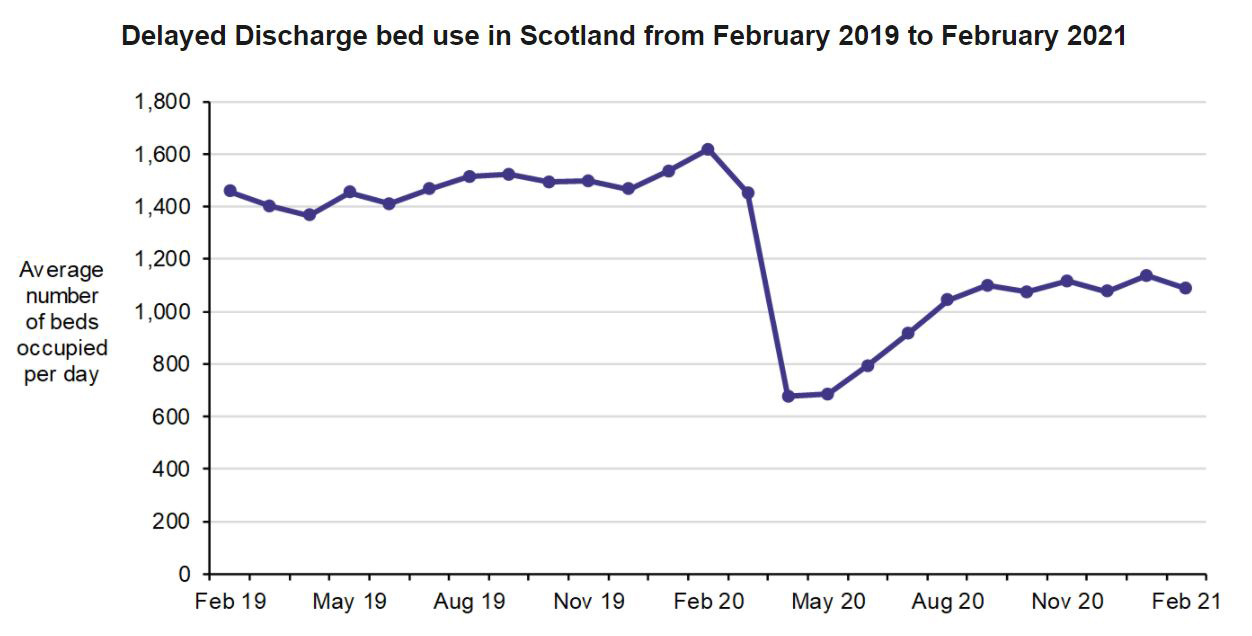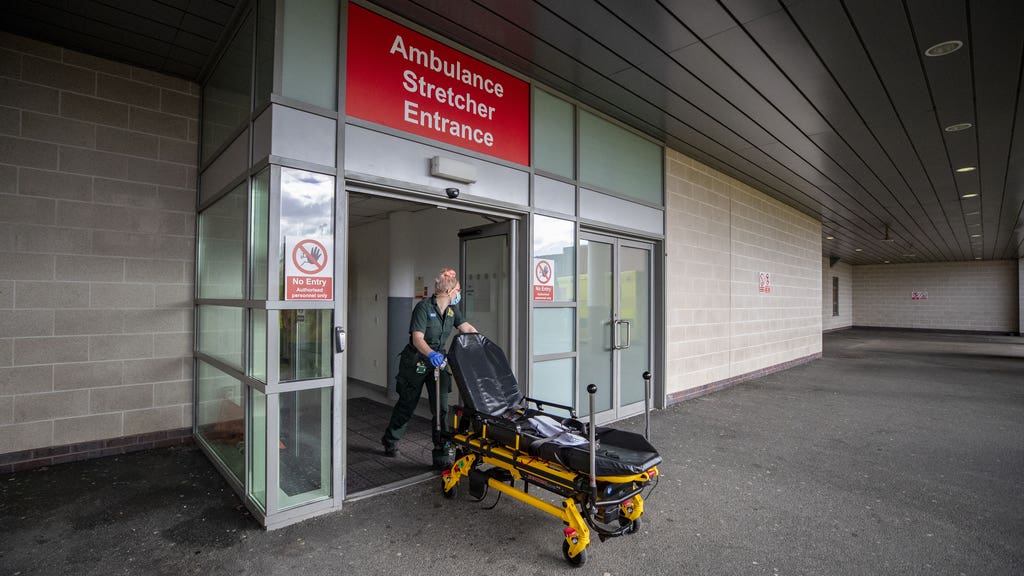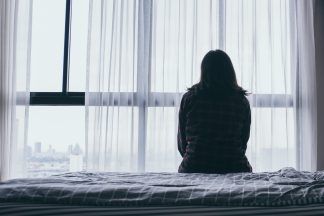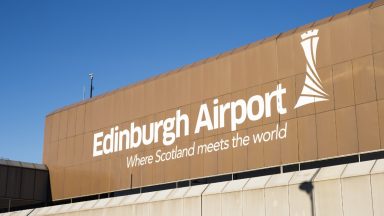Accident and Emergency (A&E) attendances have plummeted and bed-blocking at Scottish hospitals remains below pre-pandemic levels, according to the latest figures.
But despite the massive drop in A&E numbers, NHS Scotland figures show thousands are still having to wait more than four hours to be seen.
A total of 80,423 patients visited an A&E department in February, 47,918 fewer than the same month last year – before coronavirus was discovered in Scotland.
Only April 2020 – the first full month of lockdown – recorded fewer visits to emergency wards, when 65,117 patients attended.
13.8% of A&E patients were not seen within four hours during February
Public Health Scotland
February also experienced the second-lowest percentage of patients seen within the Scottish Government’s four-hour target time during the pandemic.
Statistics published by Public Health Scotland reveal that 13.8% of patients had to wait longer than four hours, exceeded only by January’s 14%.
According to the figures, 1786 (2.3%) patients spent more than eight hours in an A&E department before being seen, then either admitted to hospital, transferred or discharged.
A further 483 (0.6%) patients faced a wait of more than 12 hours.
NHS Borders had the worst-performing A&E departments by waiting time, with less than three quarters of patients (74.7%) seen within the target time, followed by NHS Ayrshire and Arran (81.1%) and NHS Lothian (81.8%).
Delayed discharges from Scottish hospitals dropped slightly in February.
Also known as bed blocking, that happens when patients are clinically well enough to leave hospital but are unable to be discharged, for reasons such as waiting for a care home place.
 PHS
PHSStatistics from Public Health Scotland showed the average number of beds occupied per day due to delayed discharges was 1088, in February 2021.
In February, there were 30,450 days spent in hospital by people whose discharge was delayed – a decrease of 35% compared with the same point last year.
A PHS report released on Tuesday said: “In February 2021, the average number of beds occupied per day due to delayed discharges was 1088.
“This is a decrease of 4% compared to January 2021 when the daily average was 1135, and lower than the monthly average prior to Covid-19 measures being put in place.”
Of those whose discharged was delayed in February 2021, a total of 753 patients were delayed for more than three days.
Health and social care reasons accounted for the majority of delays at 65% of these cases.
Patients having complex needs accounted for 41% and family-related reasons accounted for 3%.
Delayed discharges fell sharply in the early stage of the coronavirus pandemic as hospitals moved patients out to increase capacity.
Bed blocking figures rose steadily in the latter half of 2020 before levelling out in early 2021.
Follow STV News on WhatsApp
Scan the QR code on your mobile device for all the latest news from around the country


 PA
PA
























